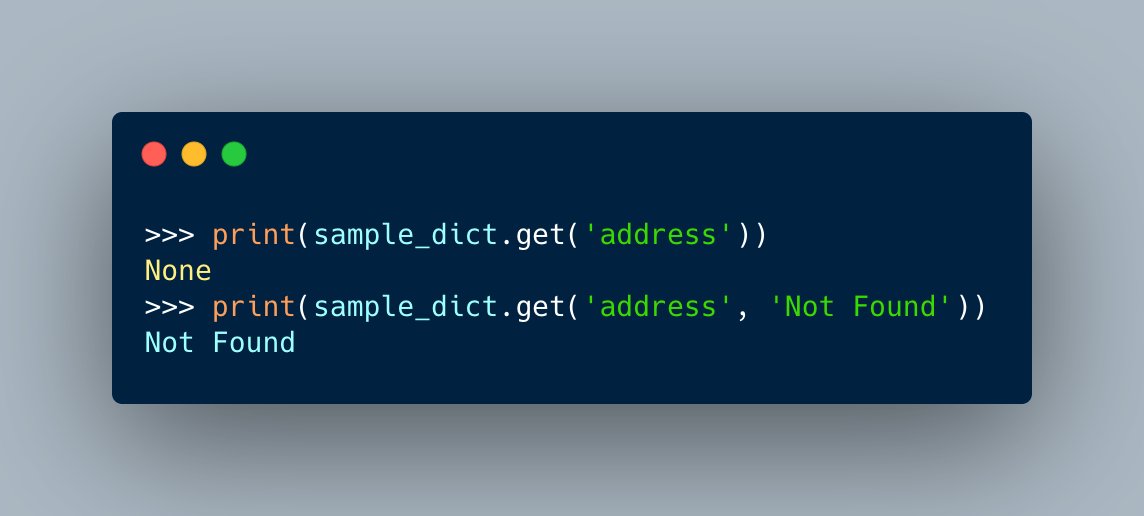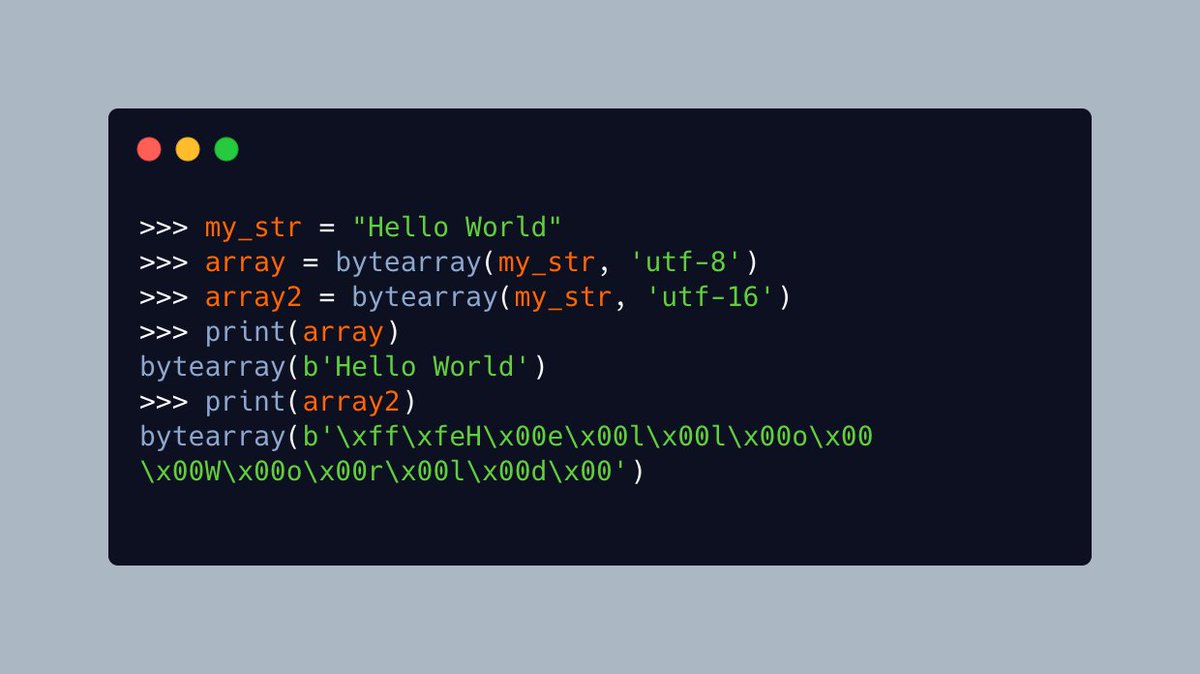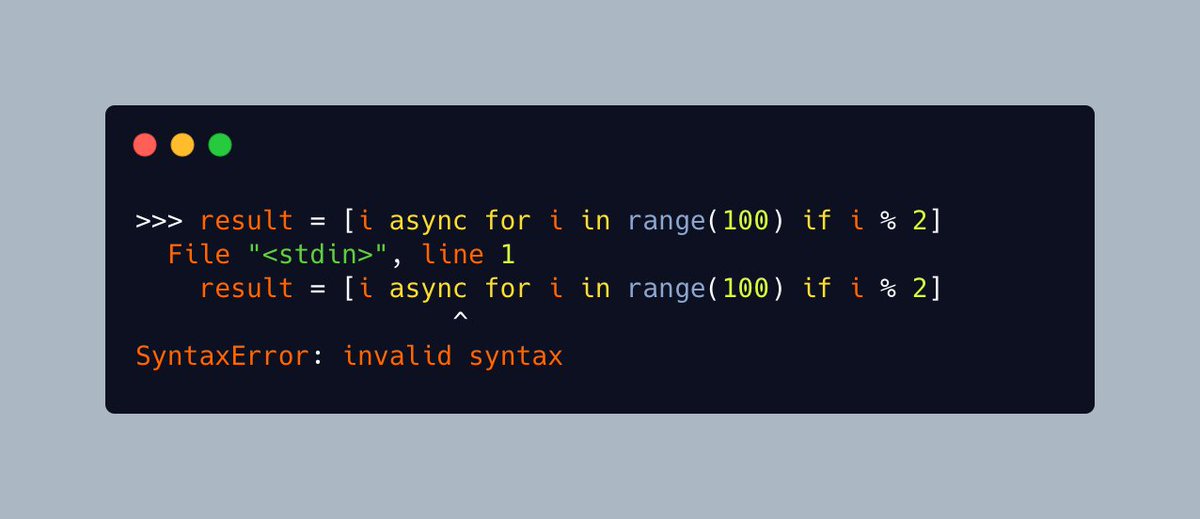
Starting in Python 3.7, the `breakpoint()` built-in function was added
It is defined in PEP 553 and simplifies adding a breakpoint to your code
#python_builtins_by_driscollis
🧵🐍👇
It is defined in PEP 553 and simplifies adding a breakpoint to your code
#python_builtins_by_driscollis
🧵🐍👇
Here is a GIF that shows how to run the code. When a breakpoint is reached, the Python debugger (pdb) will launch automatically
If you'd like to learn more about debugging your #Python code with `breakpoint()` and the `pdb` module, you should check out my tutorial @mousevspython
blog.pythonlibrary.org/2020/07/07/pyt…
blog.pythonlibrary.org/2020/07/07/pyt…
@mousevspython I hope you enjoyed learning about Python's `breakpoint()` function. It's super handy!
Follow me to learn more about the Python programming language!
Follow me to learn more about the Python programming language!
• • •
Missing some Tweet in this thread? You can try to
force a refresh

















